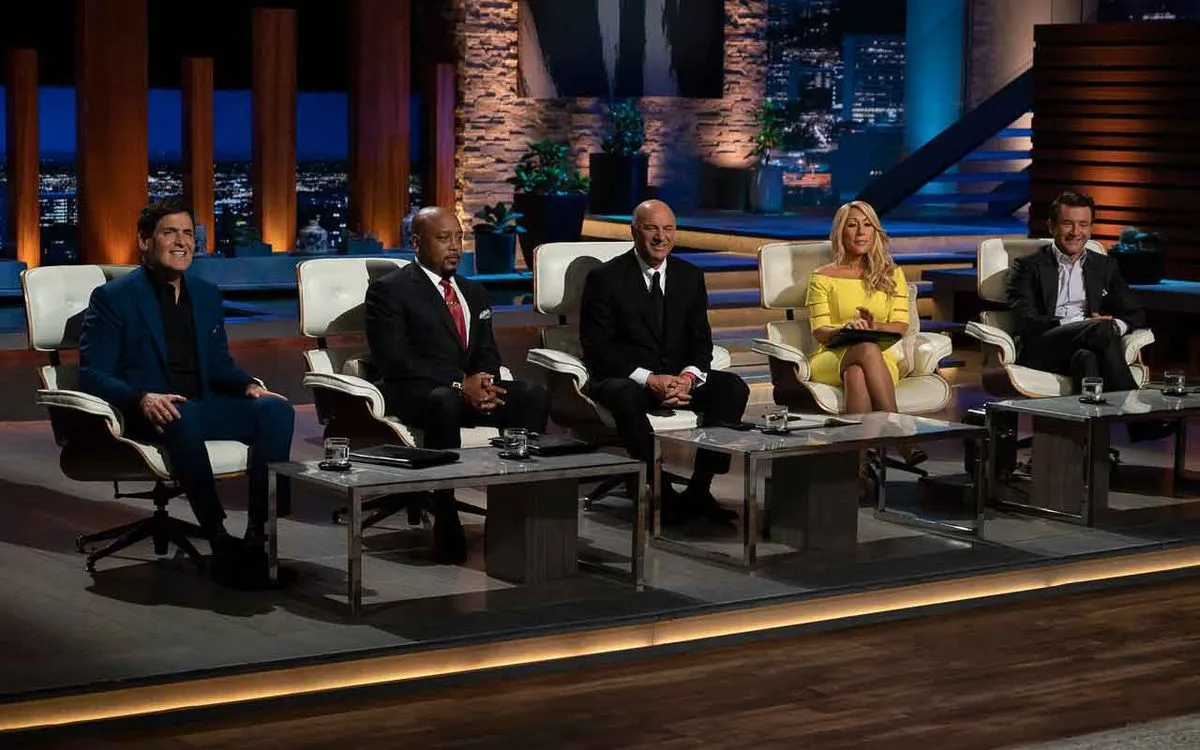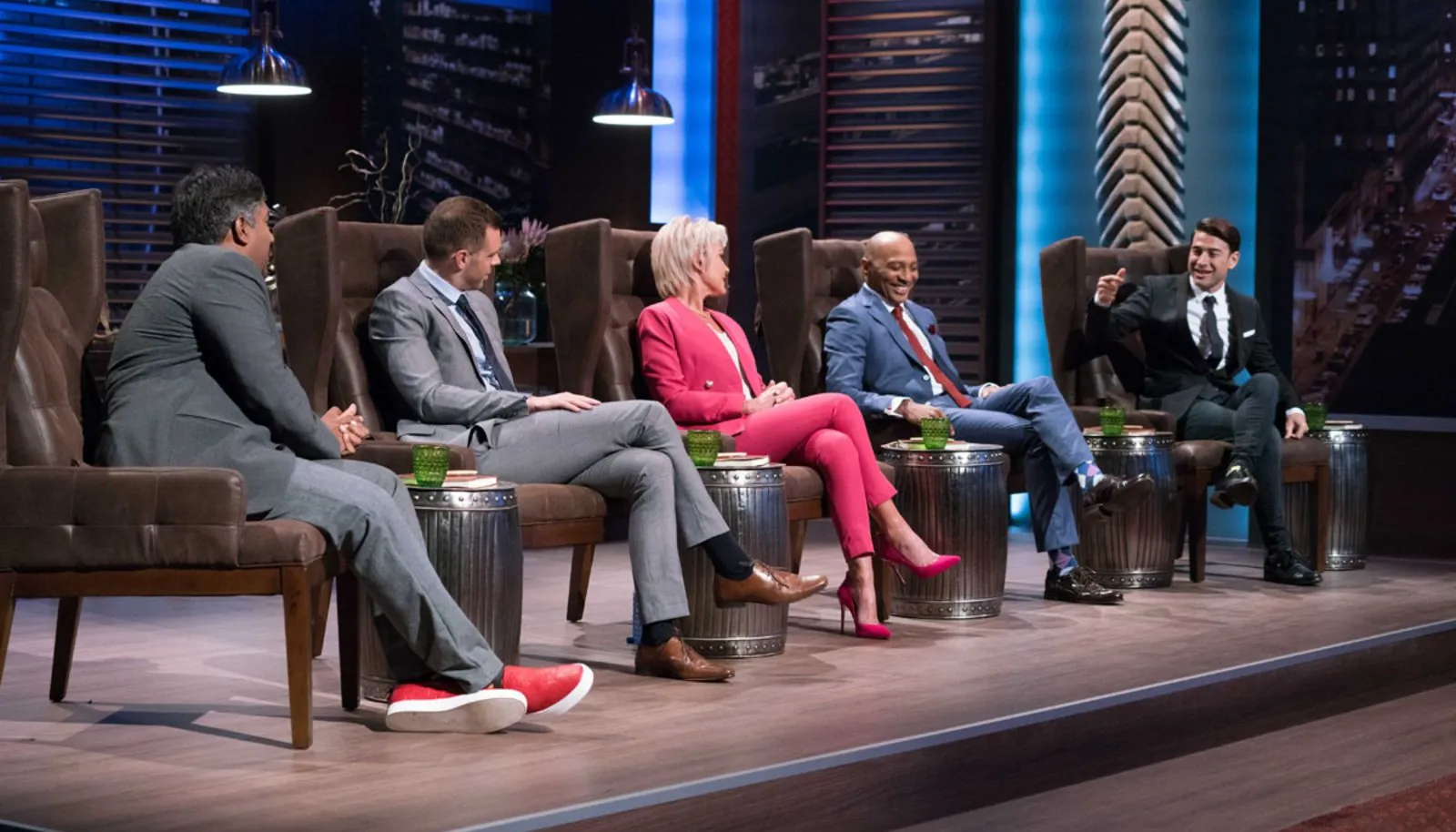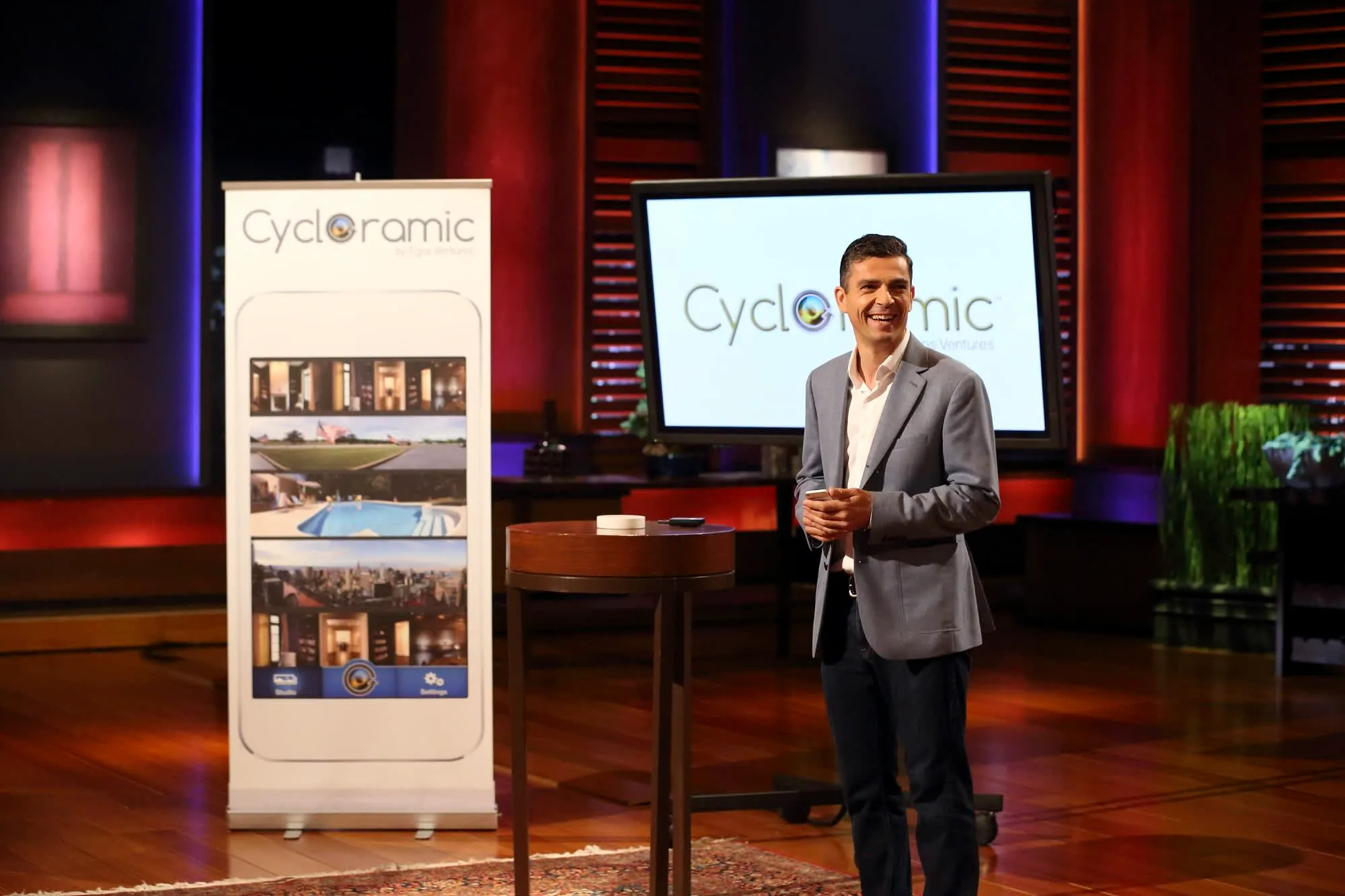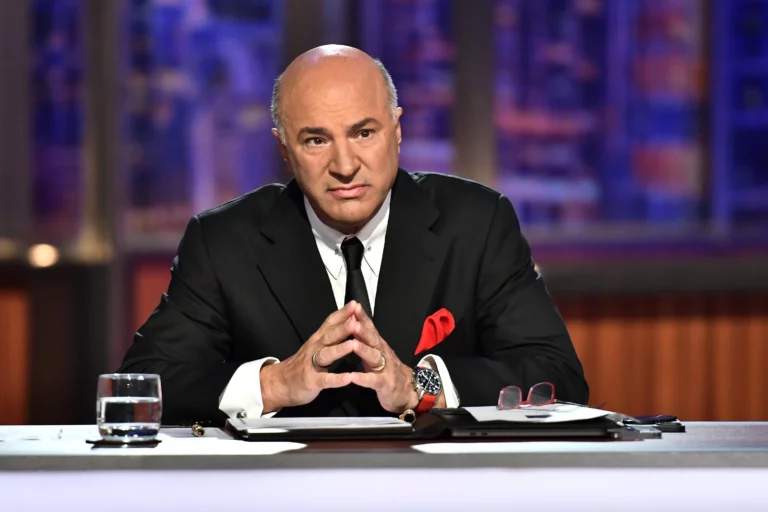Shark Tank, the critically acclaimed and culturally iconic TV show, has transformed how the public views entrepreneurship and venture capitalism. Its allure lies not just in the business proposals but also in the vibrant dynamics between ambitious entrepreneurs and the seasoned titans of industry—popularly known as “the sharks.” One episode that perfectly encapsulated the high stakes and intense negotiations of the show involved the pitch of Robert Allison, the inventor of Lifebelt, a groundbreaking car safety device designed to save lives by preventing the vehicle from starting unless the seatbelt was buckled.

In a gripping season 1 episode, Allison stepped into the tank seeking $500,000 for a 10% stake in his company. His product, borne from personal tragedy after losing a loved one in a car accident, aimed to make driving safer for everyone. However, despite the emotional backstory and the potential impact of his invention, the pitch unfolded into one of the most unforgettable moments in Shark Tank history.
Kevin O’Leary’s Harsh Offer and the Million-Dollar Bid
The sharks, known for their critical scrutiny of business models and growth strategies, were particularly tough on Allison. Kevin O’Leary, often seen as the most blunt of the group, acknowledged the inventor’s lack of current profitability and made a stark offer: $500,000 for the entire patent but demanded a complete cutoff from Allison post-deal, famously stating, “I don’t want you to call me ever again.” This cold proposition was followed by another unprecedented moment when Robert Herjavec placed the first-ever million-dollar offer in Shark Tank history, doubling the stakes for the Lifebelt patent.
However, Allison’s resolve to maintain control over his creation and his desire to personally oversee its production led him to reject both offers. His determination to go at it alone was clear, but it was a decision that would have long-lasting implications on both his future and the fate of Lifebelt.

The Rise and Fall of Lifebelt
Initially, Allison’s decision seemed to be the right one as Lifebelt secured a lucrative multi-million dollar deal with Gillman Automotive Group, which promised to integrate the device into millions of vehicles. This partnership indicated a promising start, suggesting that Allison’s vision could become a standard safety feature in cars worldwide. Unfortunately, the success was not to last. By 2016, Lifebelt had ceased operations, the details of its decline shrouded in mystery, leaving industry observers and fans puzzled.
The sharks had expressed concerns about Allison’s business model during the pitch. While Barbara Corcoran was captivated by the idea, she doubted Allison’s ability to market the product effectively. Daymond John and Kevin Harrington were also hesitant, primarily due to valuation disagreements and Allison’s reluctance to license the patent, which the sharks believed was the most viable route to widespread adoption and commercial success.
Lessons Learned from the Tank
The story of Lifebelt on Shark Tank is a compelling narrative of entrepreneurial ambition clashing with the harsh realities of business strategy. It serves as a cautionary tale about the importance of flexibility in business dealings and the potential consequences of turning away strategic partnerships and expert advice.

Shark Tank continues to inspire and educate aspiring entrepreneurs, showing that while the road to success can be fraught with tough negotiations and setbacks, it also offers invaluable lessons in the world of business. The episode featuring Lifebelt remains a standout, not only for its high-stake offers but also for the dramatic interplay of hope, ambition, and the brutal business acumen that defines the hit show.
